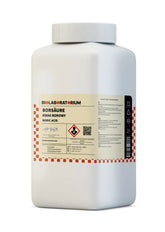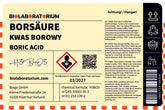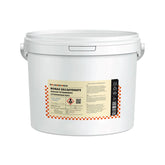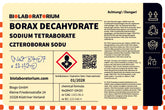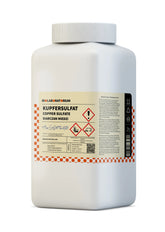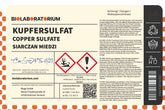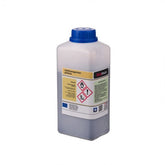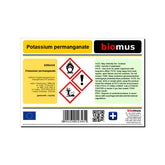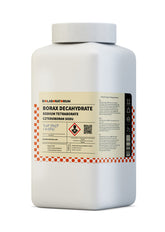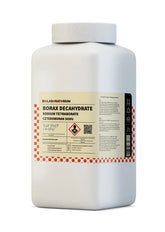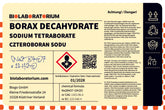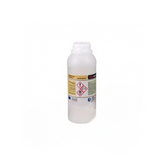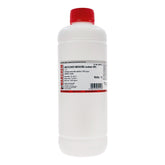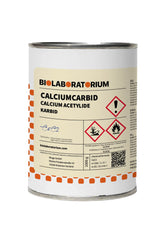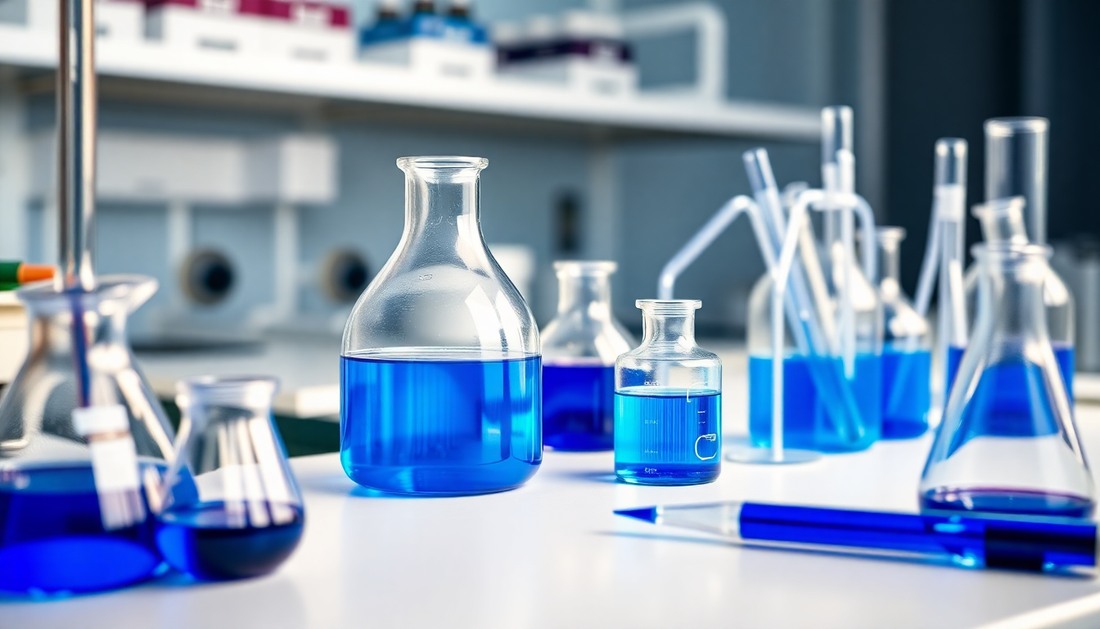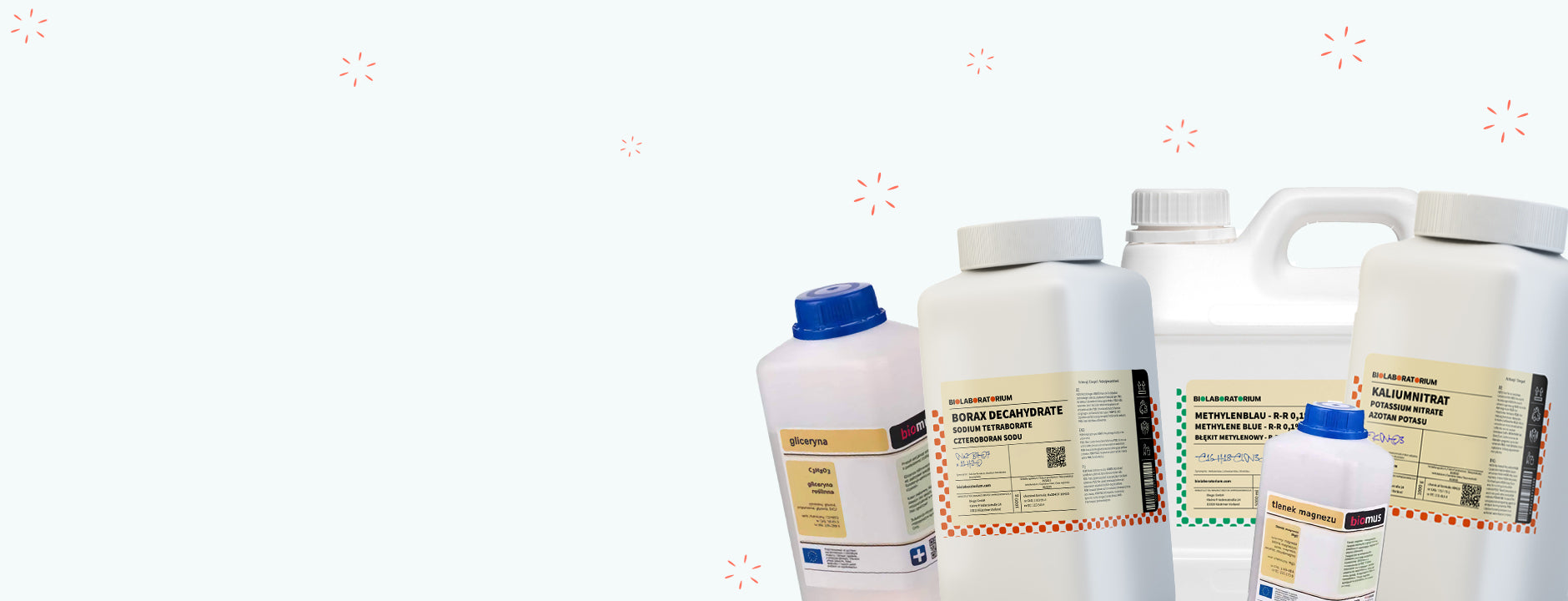Methylene blue – versatile applications in technology and analysis
Methylene blue is a fascinating and versatile chemical dye used in a variety of applications. This article highlights the technical and analytical uses of this fascinating molecule.
Introduction to Methylene Blue
Methylene blue, also known as C.I. Basic Blue 9 or tetramethylthionine chloride, is a synthetic dye first developed in 1876 by the German chemist Heinrich Caro. It is a crystalline, dark blue-violet powder that is soluble in water and produces an intense blue coloration.
The chemical structure of methylene blue consists of an aromatic ring system with a central sulfur atom surrounded by two dimethylamino groups. This structure gives the molecule its characteristic color and chemical reactivity.
Technical Applications of Methylene Blue
Dye in Industry
One of the main areas of application for methylene blue is its use as a dye in industry. It is used in the textile, paper, and leather industries to impart an intense blue color to these materials. Due to its good solubility in water and resistance to light and chemicals, methylene blue is a popular and widely used dye in these sectors.
Redox Indicators
Another important technical application of methylene blue is its use as a redox indicator. Methylene blue can reversibly switch between its oxidized, blue form and a colorless, reduced form. This color change makes methylene blue a useful tool in analytics to track and quantify redox reactions.
Corrosion Protection
Methylene blue is also used in the field of corrosion protection. When incorporated into coatings or paints, it can serve as an indicator for corrosion damage. Once corrosion occurs, the color of methylene blue changes, allowing early detection of damage.
Medical Applications
In medicine, methylene blue is used for various applications. It is used as a dye in histology to make tissue and cell structures visible under the microscope. Additionally, it is used in the treatment of methemoglobinemia, a disorder of hemoglobin.
Analytical Applications of Methylene Blue
Analytical Chemistry
In analytical chemistry, methylene blue is a widely used reagent. It is employed in many titration and detection reactions to monitor the progress and endpoint of reactions. For example, methylene blue can be used to determine ascorbic acid (vitamin C) or hydrogen peroxide.
Environmental Analysis
In environmental analysis, methylene blue is used in the examination of water and soil samples. It can be used to detect and quantify organic pollutants, such as phenols or cyanides.
Biological Applications
In biological and medical applications, methylene blue is used to stain cells and tissues. It enables visualization of structures under the microscope and is used in histology, cytology, and pathology.
Safety Aspects and Handling
Although methylene blue is considered safe in many applications, some precautions must be observed when handling it. It is important to wear protective equipment such as gloves and safety goggles to avoid skin and eye contact. Additionally, methylene blue should always be used in well-ventilated areas and spills should be cleaned up immediately.
Conclusion
Methylene blue is a versatile and fascinating chemical dye with numerous applications in technology and analytics. From coloring materials to use as a redox indicator to analytical and biological applications, methylene blue is an indispensable tool in many areas of chemistry and industry. With proper handling and safety measures, methylene blue can fully realize its strengths and make an important contribution to research, development, and production.

